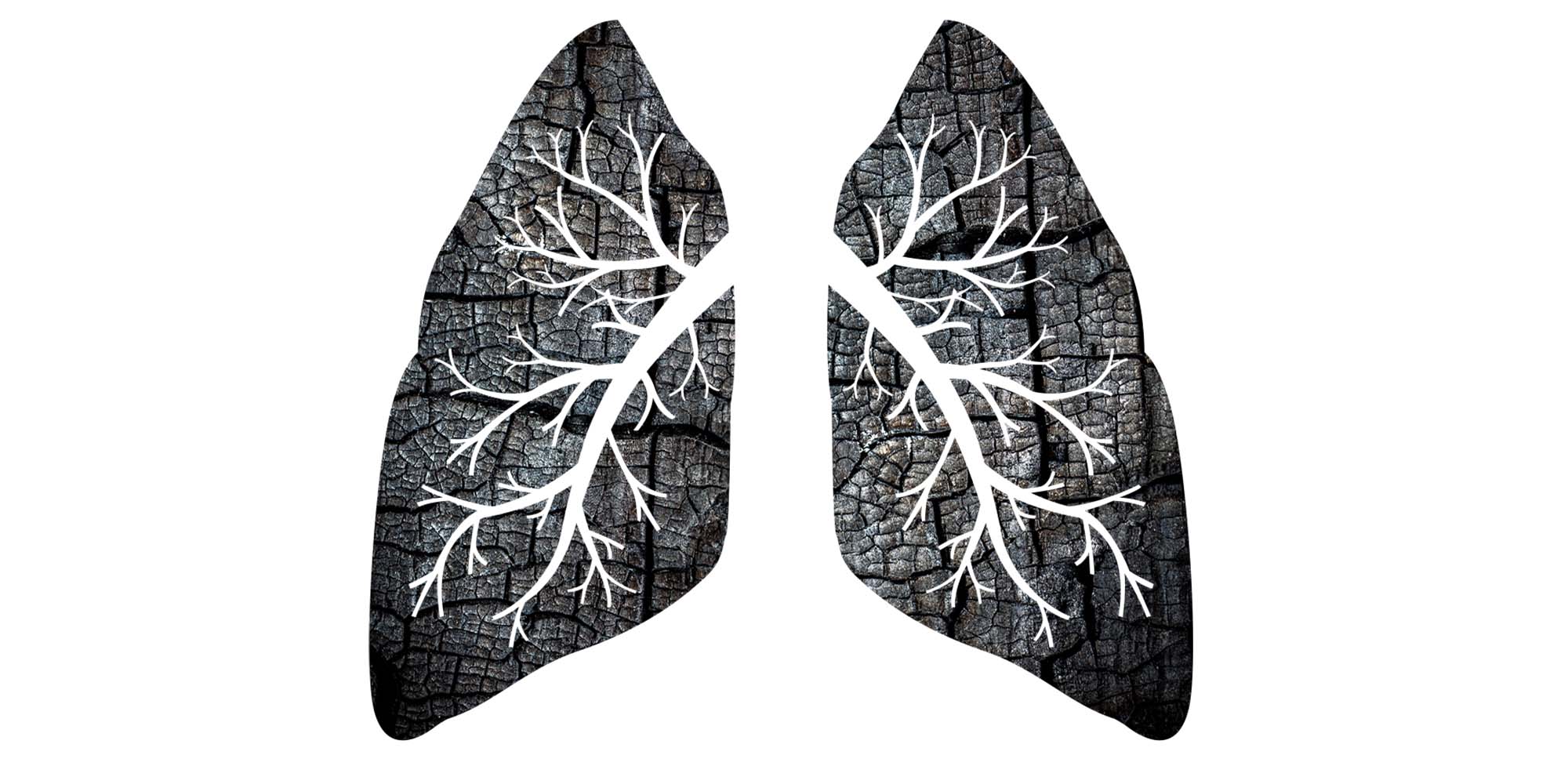“Limiting exposure is the way to go”
During the smoky days of wildfire season (that is, much of summer in Alberta), checking the weather may also mean checking the air quality index. As much as we want to avoid a sunburn, we want to avoid lung damage even more.
The index tracks air pollutants that can be produced by wildfires, and it’s pegged to expected health outcomes. The higher it goes, the harder breathing can be, and the higher the risk of respiratory ailments, says Graham Werstiuk (Respiratory Therapy ’06).
“Muscles that line the airways [will] constrict when breathing in something noxious,” says the Respiratory Therapy instructor at NAIT’s School of Health and Life Sciences. The result is reduced airflow, which is bad for every part of the body. What’s more, wildfire smoke carries fine particulate matter that can irritate lungs and cause infection.
When the index creeps past the halfway mark, between a low of one and an extreme of 10+, “in general, limiting exposure is the way to go,” says Werstiuk. Here are his tips for staying as healthy as possible when ill winds blow our way.
Reduce the risks

- “Reduce your activity,” says Werstiuk. Save that big run for another day. “If you’re breathing heavily, you’re allowing more exposure.”
- Set your vehicle ventilation system to recirculate interior air.
- At home, keep the windows closed and try to reduce the use of the furnace or air conditioner, which draw in outside air.
- Limit exposure for children, who breathe faster than adults.
- Monitor those with health issues. “There is a small but significant correlation between high air pollution days and admissions for heart attacks and stroke,” says Werstiuk.
- Know that only certain masks will keep you safe, and then only to a point. Common surgical or simple paper masks won’t make much difference. N95 masks block 95% of very small particles but must be used properly. “They’re intended to fit tight to the face,” says Werstiuk. “You should be passing all the air in and out through the mask, not escaping out the side.”
You’ve closed the windows and the house is heating up. Now what?
You can still cool your home while keeping the windows closed against wildfire smoke, says Adam Budde (Sheet Metal Worker ’09, Refrigeration and Air Conditioning Mechanic ’15), a project estimator with Edmonton-based HVAC specialists, Vets Group.
One way involves unitary or standalone air conditioners. These include mobile units on wheels and, as Budde calls them, the classic “window shakers.” They cool the interior rather than exterior air and vent heat outside.
Another way to protect your lungs is to focus on your furnace filter.
“Homeowners should be aware of the MERV [Minimum Efficiency Reporting Value] rating of the filter,” says Budde.
“The higher the MERV rating the more particles it will catch. Anywhere between 7 to 12 is just fine for homes. For people with extreme air quality needs there are HEPA or carbon filters that catch almost all particles and even smells.”
Change the filter at least once a season.